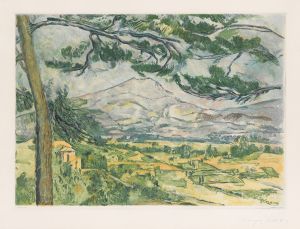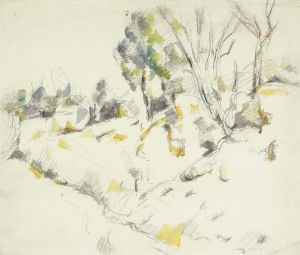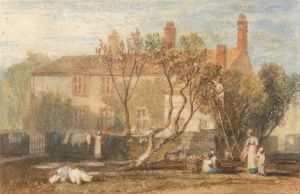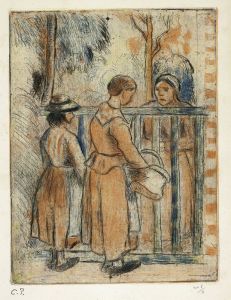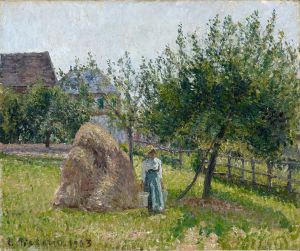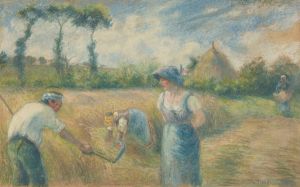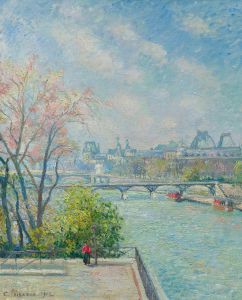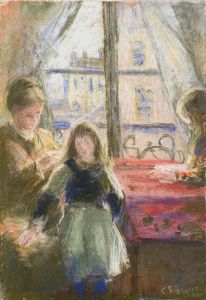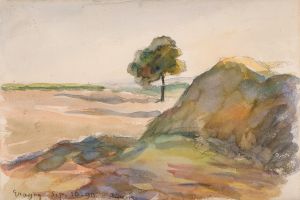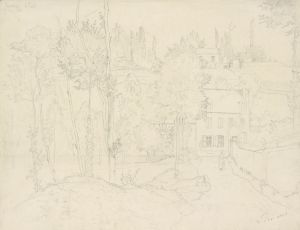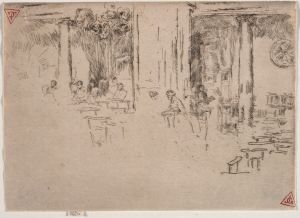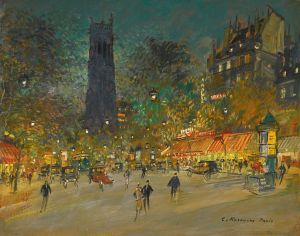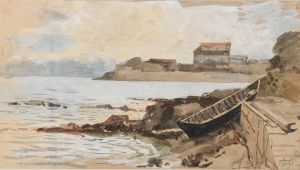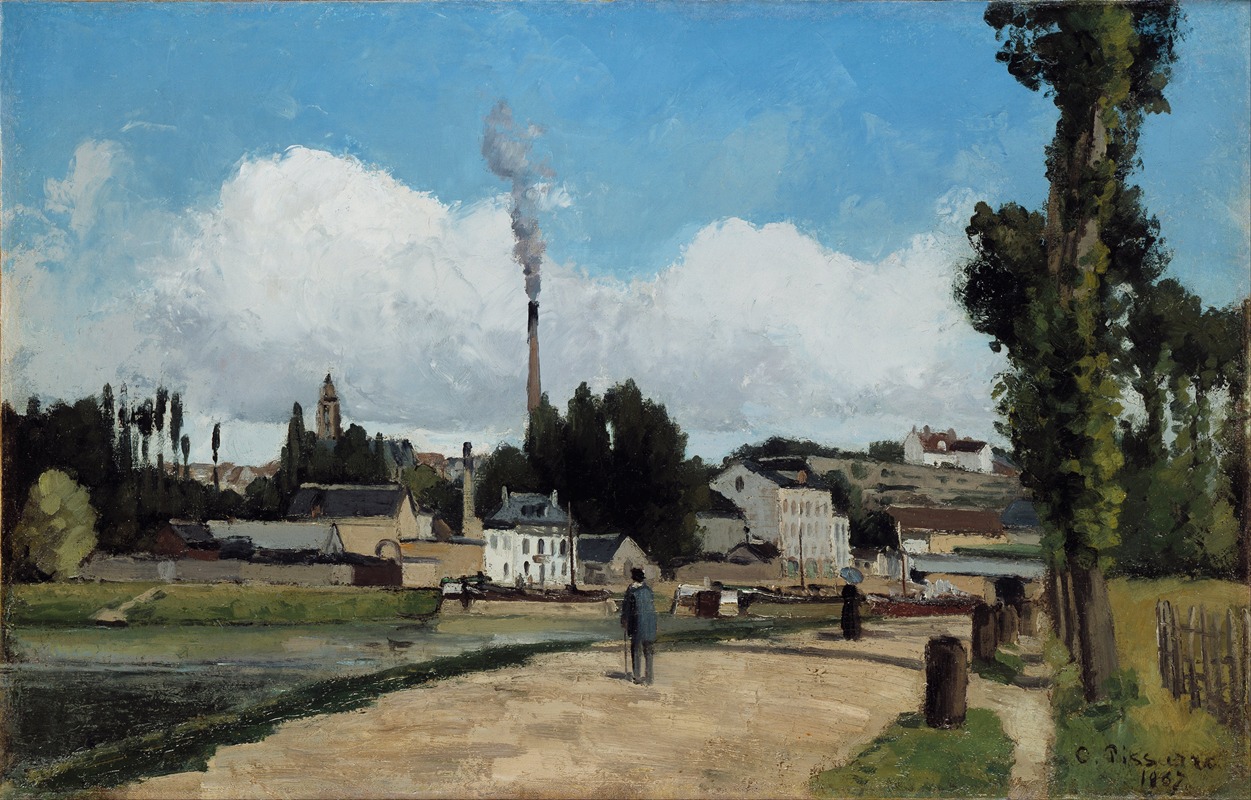
Bords de l’Oise a Pontoise
A hand-painted replica of Camille Pissarro’s masterpiece Bords de l’Oise a Pontoise, meticulously crafted by professional artists to capture the true essence of the original. Each piece is created with museum-quality canvas and rare mineral pigments, carefully painted by experienced artists with delicate brushstrokes and rich, layered colors to perfectly recreate the texture of the original artwork. Unlike machine-printed reproductions, this hand-painted version brings the painting to life, infused with the artist’s emotions and skill in every stroke. Whether for personal collection or home decoration, it instantly elevates the artistic atmosphere of any space.
Camille Pissarro's painting Bords de l’Oise à Pontoise (translated as Banks of the Oise at Pontoise) is a notable work by the French Impressionist artist. Created during the 19th century, this painting reflects Pissarro's deep connection to the rural landscapes of France and his innovative approach to capturing light, atmosphere, and the natural environment.
Pissarro, born in 1830 in the Danish West Indies, was a central figure in the Impressionist movement. He moved to France in his youth and became known for his depictions of rural life and landscapes. The town of Pontoise, located in the Île-de-France region near Paris, was a significant location for Pissarro. He lived and worked there for several years, finding inspiration in its countryside and the nearby Oise River. This region provided the setting for many of his paintings, including Bords de l’Oise à Pontoise.
The painting showcases Pissarro's characteristic style, which combines a focus on naturalistic detail with the looser brushwork and vibrant color palette typical of Impressionism. The scene depicts the banks of the Oise River, with its tranquil waters and surrounding vegetation. Pissarro's use of light and shadow creates a sense of depth and atmosphere, capturing the changing effects of sunlight on the landscape. His attention to the interplay between the natural elements—trees, water, and sky—demonstrates his commitment to portraying the beauty of the everyday world.
During his time in Pontoise, Pissarro worked closely with other artists, including Paul Cézanne, who often visited him there. The two painters influenced each other's work, and Pissarro's mentorship played a crucial role in Cézanne's artistic development. Pontoise became a hub for artistic experimentation, and Pissarro's works from this period are considered some of his most significant contributions to the Impressionist movement.
Bords de l’Oise à Pontoise is an example of Pissarro's ability to find beauty in ordinary scenes. By focusing on the rural landscape, he highlighted the simplicity and tranquility of life outside the bustling cities. This approach was central to the Impressionist ethos, which sought to break away from traditional academic painting and embrace modern, everyday subjects.
The exact date of the painting's creation is not definitively documented, but it is generally associated with Pissarro's productive years in Pontoise during the 1870s. Today, works like Bords de l’Oise à Pontoise are celebrated for their contribution to the development of modern art and their enduring ability to evoke the serene beauty of the French countryside.





